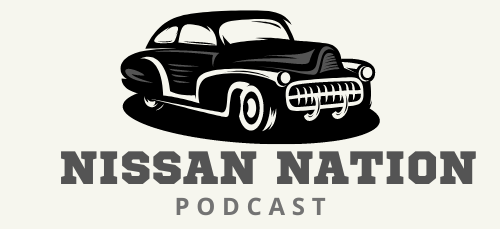I know how popular and convenient these CVTs have become. However, some drivers have experienced an irritating whining or droning noise when driving at low speeds or idling. This high-pitched whine can be embarrassing and concerning, making you wonder if something is wrong with your transmission.
The good news is that CVT whine at low speeds is common and not typically a sign of problems with your transmission.
In this article, we’ll break down the reasons behind CVT noise when idling or driving slowly. We’ll also provide tips to quiet down that annoying whine and smooth out your CVT’s performance.
Potential Causes Of The CVT Noise At Low Speeds
Drive belt slipping issues
- The steel drive belt is a core component in a CVT. The belt can slip against the pulleys when the temperature is cold by creating a whining noise. This worsens with age as the belt loses grip.
Variator clearance
- The variator houses the drive belt and pulleys. The belt whines if clearances between pulley faces, and the interpretation becomes excessive from wear.
Engine RPM and throttle input issues
- The CVT keeps the engine in the power band by varying ratios. Aggressive throttle input causes more rapid ratio changes, which can cause whining noises.
Lubrication issues
- CVT fluid lubricates the belt, reduces friction, and dampens the noise. Low and dirty fluid or improper fluid reduces lubrication by resulting in noises.
Vacuum leaks
- Vacuum-operated valves controls the CVT ratio changes. If there are any leaks in the vacuum, it can cause uneven and abrupt ratio changes to produce noises.
Loose mounts
- The CVT assembly is on the chassis via mounts. If the mounts are loose, it allows excessive motion that leads to noise.
Chain-driven CVTs
- Some CVTs use chains rather than belts. In this case, the chain whining sound is typical.
Nissan CVT Shudder Fix: Your Guide to Fixing the Annoying Issue
Potential Solutions For Quieting The CVT Noise At Low Speeds
- Replace the belt if necessary. A new belt has optimal grip and minimizes slippage that causes the sound to appear. Replace per manufacturer guidelines, which is usually around 60k-100k miles.
- The belt tension can adjust on some CVTs to reduce or eliminate slippage. This requires partial disassembly and professional adjustments.
- Replacing worn pulley faces or the entire variator assembly can renew clearances and reduce the noise.
- If there are any issues with dirt. A complete flush cleans out debris, refreshes spent fluid, and renews lubrication. Make sure to use the specified CVT fluid while doing the process.
- Warm up the transmission by driving slowly for several minutes to reduce the initial whining noise.
Frequently Asked Questions About The CVT Noise At Low Speed
Q: Will the sound go away as the CVT warms up?
A: Usually, the noise will diminish or disappear as the transmission warms up after a few miles of driving. This is because the belt slips less, and lubrication improves with heat.
Q: Will upgrading my CVT pulleys help to solve this issue?
A: Upgraded pulleys usually improve performances but also worsen the noise. The factory components are ideal for quiet operations. Any other modifications may disrupt the process.
Q: Should I switch vehicle brands to avoid CVT noise?
A: All CVT transmissions can exhibit some noise issues, especially with age. However, some vehicle makes may have inherently noisier designs. Test driving models from various brands can give you a feel for their sound characteristics.
Q: How urgent is it to fix the CVT’s noisy issues?
A: A mild sound is not an emergency, but you should have a repair to avoid any expensive repairs in the future.

